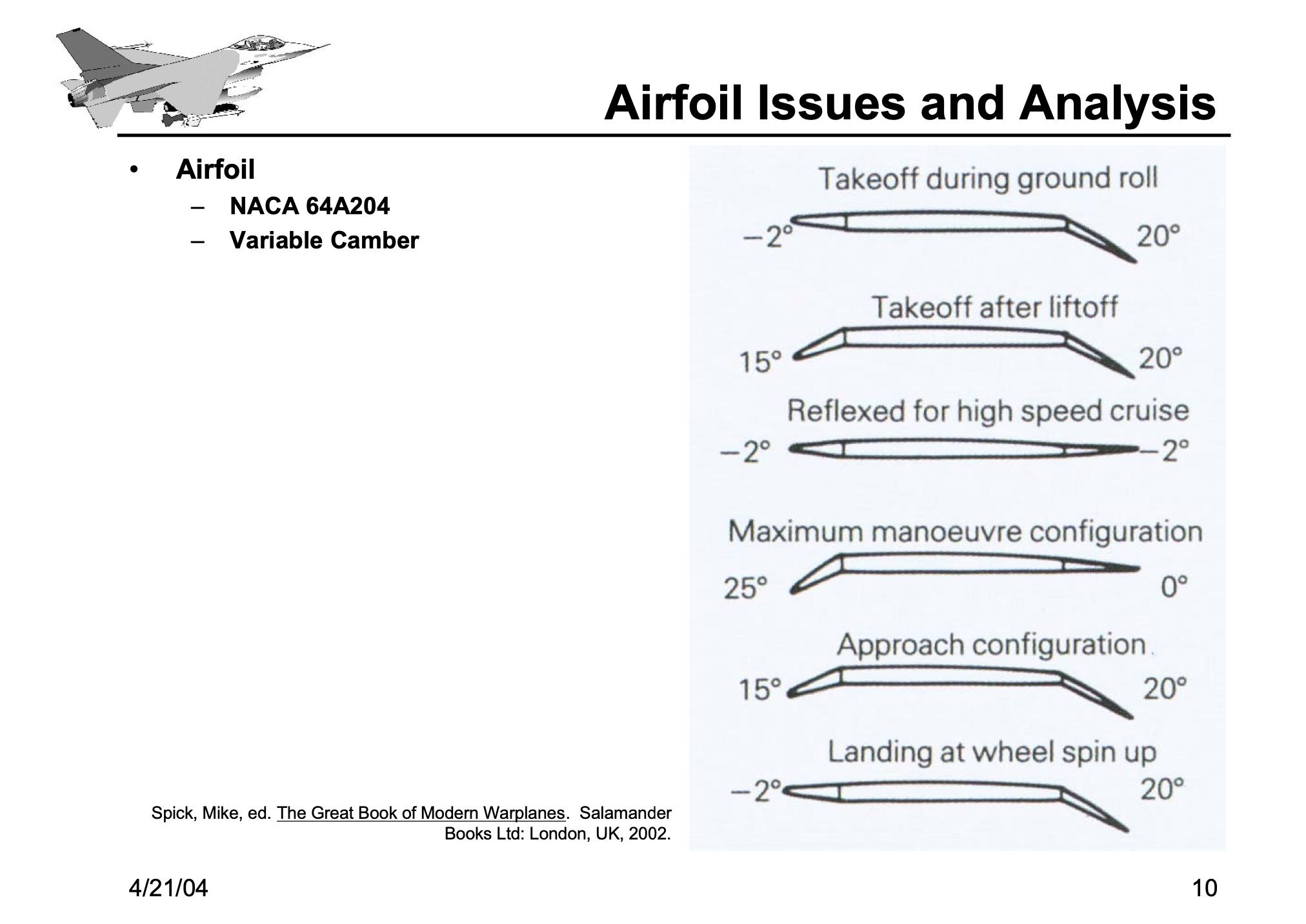When taking off or landing, both LEFs and trailing edge flaps (TEFs) for fighter aircraft are in the down position to provide more lift. However, when flying around at higher speeds (let's say 500-600 knots), the left LEF going down and the right LEF going up causes the aircraft to roll left.
My personal theory is that the dominant form of drag (induced) at slow speeds means that the increased camber provides more lift although slightly decreasing the angle of attack (which is good if you are close to the stall angle of the wing). However, at higher airspeeds the slight decrease in angle of attack caused by the downward LEF and also the larger parasitic drag causes the decrease in lift of the wing.
Does this theory hold up? Or is there more to it that I'm not considering?

